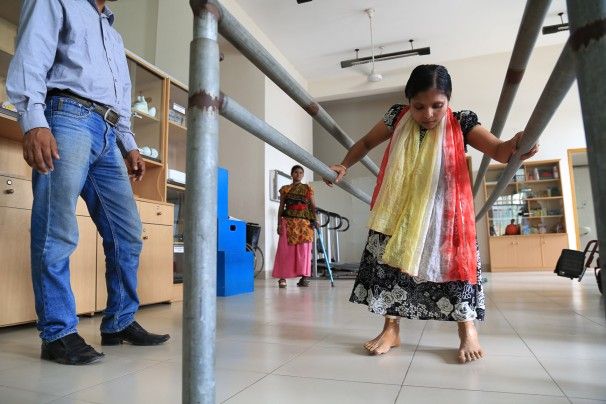The discussion topics and activities attached are suggestions for ways to quickly engage with the resources attached. They are written as notes for the facilitator. Please feel free to adapt this lesson.
CCSS.ELALiteracy.RH.910.7
Integrate quantitative or technical analysis (e.g., charts, research data) with qualitative analysis in print or digital text.
CCSS.ELALiteracy.RH.910.8
Assess the extent to which the reasoning and evidence in a text support the author's claims.
CCSS.ELALiteracy.RH.910.9
Compare and contrast treatments of the same topic in several primary and secondary sources.
Objective:
Connect the events of the past (the Industrial Revolution in England in the 1700s) with what is occurring in the world today.
Essential Question:
How do the conditions of factory workers in the Industrial Revolution in England in the 1700s compare with those in Bangladesh’s garment industry today?
Warm-up:
Where was our clothing made?
Students work with a partner to check labels of shirts and outerwear
Pull down or project a map of the world on the wall. Students can place a dot/sticker/pin on the country of their clothes’ origin.
Discuss the following questions:
- Where were our clothes made?
- Do you ever think about where your clothes are made? How about who is making your clothes?
- What do you think about when you are buying clothes? Cost? Fashion?
- Do you think that the conditions of factory workers around the world improved after the laws passed following the Industrial Revolution?
Introducing the Lesson:
Factory conditions in England improved due to reforms made and laws passed in the 1800s, but in some countries around the world, conditions are still bad workers work for long hours, for little pay, and in dangerous conditions. In some countries, children work in factories instead of going to school. Today we will focus on Bangladesh, a poor country in South Asia that is the second largest garment exporter in the world. We will read and analyze an article written by Jason Motlagh, an award-winning journalist who produced a series of pieces about the collapse of a garment factory in Bangladesh in 2013, in collaboration with the Pulitzer Center on Crisis Reporting.
1. Watch the short 1:20 video attached. It provides a brief and clear introduction to the topic.
2. Read the article article attached and answer the accompanying questions.
3. Use the following questions to guide a discussion:
- Who was surprised to learn about the factory conditions in Bangladesh?
- What surprised you?
- How did you feel reading about Rajina Aktar, the 15-year-old who survived the collapse?
- Should teenagers be working in factories?
- Can anything be done to improve the situation for factory workers in Bangladesh?
- What role do we play as American consumers in what is happening in Bangladesh’s garment industry?
- What would you be willing to do to ensure that conditions are improved? Pay more for your clothes?
Extension:
How do the conditions of factory workers in the Industrial Revolution in England compare with those in Bangladesh’s garment industry today? Use at least three pieces of evidence from the article we read in class today and your textbook.







